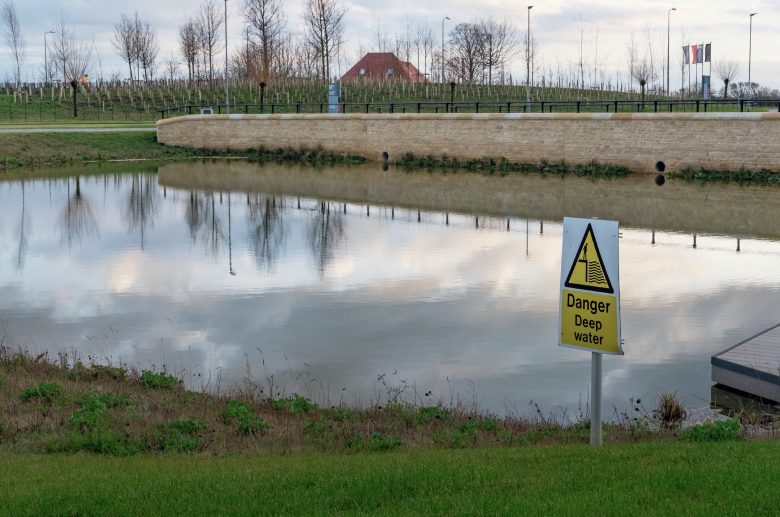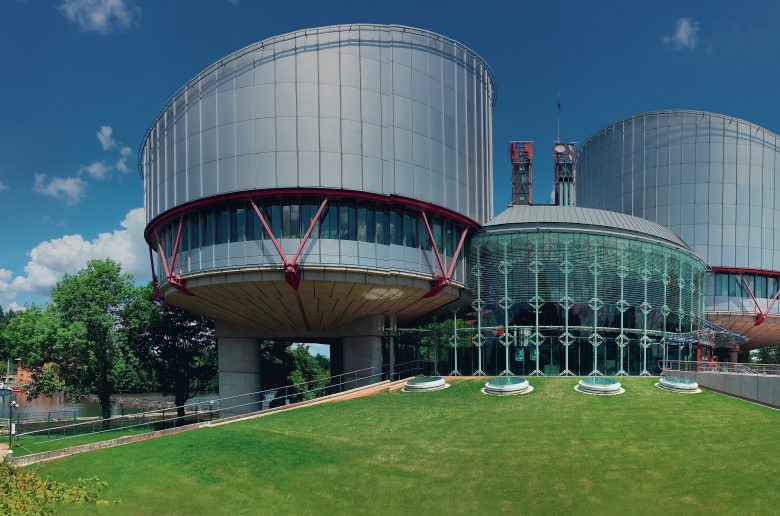
When it comes to occupiers’ liability, there are two key definitions required in establishing a claim:
■ ‘Occupier’ is not defined in the Occupiers’ Liability Act 1957 (see A-LEVEL LAW REVIEW, Vol. 15, No. 3, pp. 16–17). In the case of Wheat v E Lacon & Co. Ltd (1966), Lord Denning defines an occupier as ‘wherever a person has a sufficient degree of control over premises that he ought to realise that any failure on his part to use care may result in injury to a person coming lawfully there’. Anyone who has control over the premises can be the occupier, which means that there can be more than one occupier. In Harris v Birkenhead Corporation (1976) it was decided that owners (in this case, the local council) will usually have some degree of control, so will be an occupier.
Your organisation does not have access to this article.
Sign up today to give your students the edge they need to achieve their best grades with subject expertise
Subscribe




